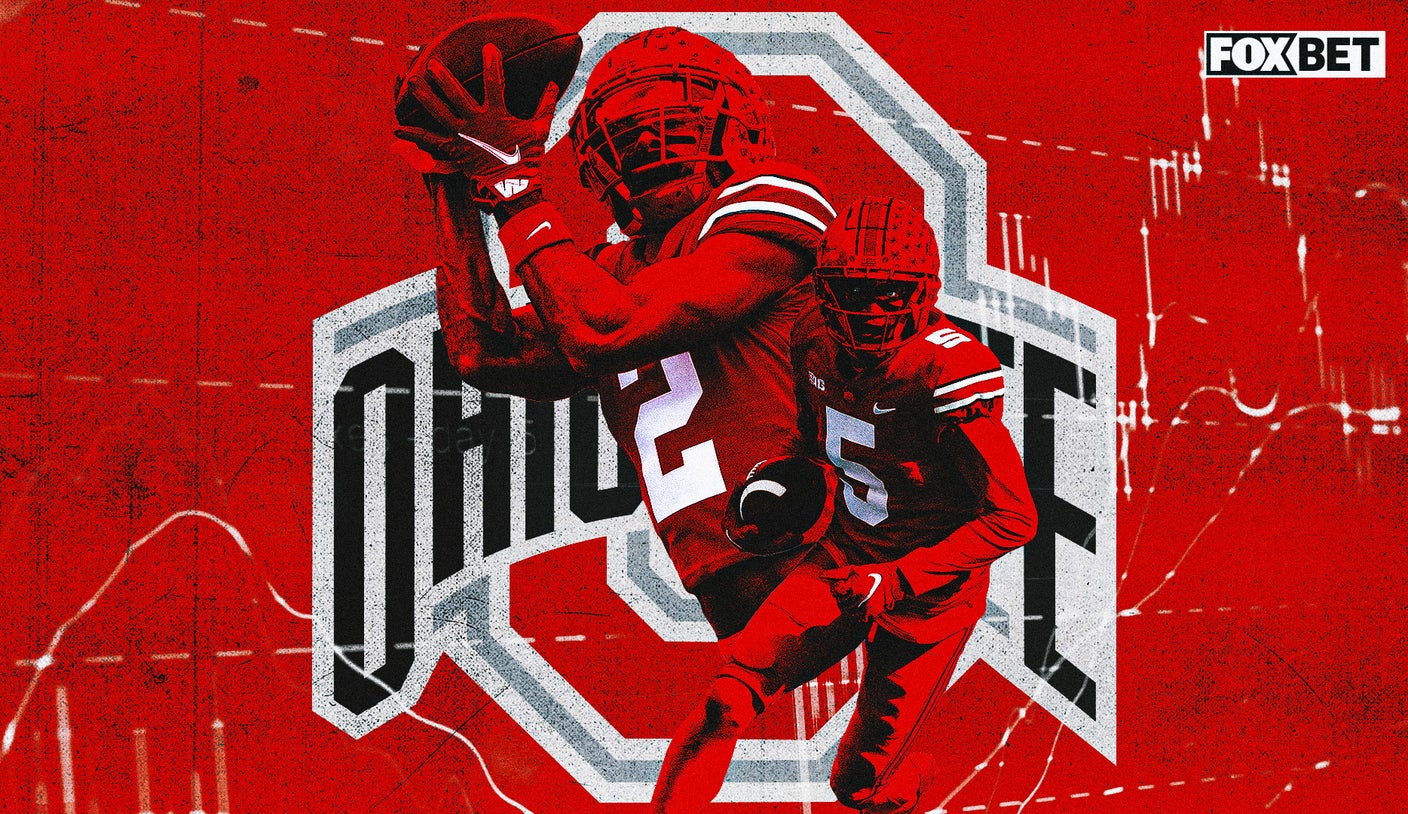
Major League Baseball is looking to grow America’s Pastime outside of US borders. The MLB has made some changes to the format of its games, including: new rules that will make play shorter; adding a simpler version of the game like a ‘HRDX’ Home Run Derby event with turnkey solutions for travelling to various stadium locations; and showcase games like last weekend’s London Series, where the Chicago Cubs and St Louis Cardinals took baseball to the Big Smoke.
What else have you changed about the sport to get more people watching, get more people involved and so international fans can understand it?
CB: Definitely the rules changes are probably the top right now. The length of games shouldn’t necessarily be a problem (cricket can be five days!), but it is to an extent. The fact that if you have games starting at 7:00 and not finishing till 10:30, 11:00 at night means kids aren’t going to be up during those time frames. You’re also going to lose fans to the fact that they’re East Coast or West Coast. Having the games be shorter fits into better prime time windows. It allows us to reach a broader audience of fans. That, in and of itself, has been critical.
We are doing a bunch of strategic work about the fan segments that we are not doing a good enough job of reaching, and how we actually target them, communicate with them and create content for them, to get them to both reengage with baseball and then deepen their fandom. A lot of it has been focused on different social content initiatives. A whole host of different original content programming that we’ve done on YouTube and with Facebook is to reach a lot of a broader audience. We’ve also done a bunch of work now, as a marketing team, on putting baseball’s brand where it needs to be to reach a broader audience. We’ve done consumer product, collaborations with Ralph Lauren and Gucci; we were a sponsor of Coachella this past year. Just literally trying to put the baseball brand to broader audiences to make sure that we’re staying relevant within interesting groups to continue to grow.
We are doing a bunch of strategic work about the fan segments that we are not doing a good enough job of reaching, and how we actually target them, communicate with them and create content for them, to get them to both reengage with baseball and then deepen their fandom
It all ties in with sports betting. Those initiatives, in and of themselves, will continue to be important because of the fact that they will provide more opportunities for people to see baseball and see whether or not sports betting is a way to deepen their fan engagement. It could even be the first touchpoint for a fan who’s an avid sports bettor on NFL games, but might just be interested in placing wager on the World Series for the first time. Both in terms of broadening our audience or trying to look across multi-sport sports bettor engage with baseball, that convergence is mutually beneficial to us.
EC: When we see the numbers globally, in 2022 Major League Baseball was fourth globally — and that’s in a World Cup year. In a non-World-Cup year, it would be the third property globally. There’s tremendous interest. We’re aligned in that we want to grow the in-game betting of Major League Baseball to more casual fans. That’s part of our initiatives with how we educate them. How do we segment the game? We offer one-inning markets, three-inning markets to make it so you don’t have to watch or follow an entire game. You can break it up into smaller segments to make it more interesting and simplify that messaging, so that globally there’s an understanding of what the odds are.



